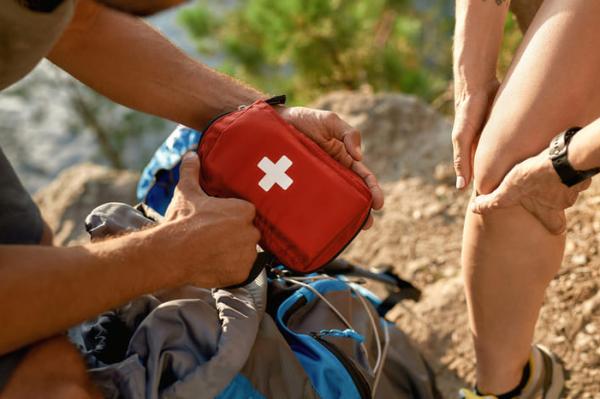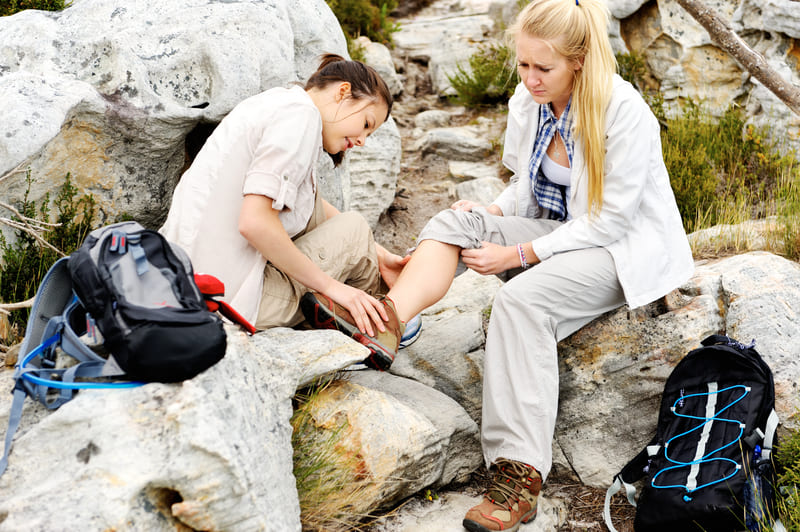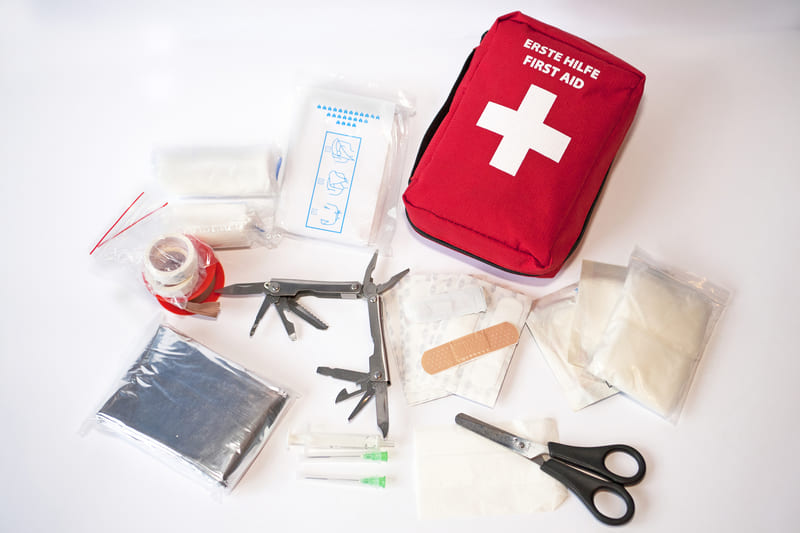Blog Post
First Aid Course: Handling Medical Emergencies In Remote Areas

Whether you're hiking in a remote area or out on a camping trip, completing a first aid course is crucial for being prepared to handle emergencies. The outdoors can be unpredictable, especially if you're engaging in strenuous activity around hazardous terrain.
At EMCARE, we value the importance of high-quality training, which is why we provide aspiring first aiders with critical skills led by healthcare professionals. In this brief read, we'll be assessing the ways in which to handle medical emergencies in remote areas and why taking a first aid course is so beneficial.
Planning For An Emergency In Remote Areas
If there's one thing you'll learn from completing a first aid course, it's that you should always be prepared for an emergency. While emergencies are unpredictable, it's crucial that you create an emergency response plan before venturing out to a remote location. Whether you're going on an off-road camping trip or hiking through thick forestry, an emergency response plan helps to ensure your safety when medical assistance is not available.
Here's a few steps to follow before embarking on your outdoor excursion:
Update Your First Aid Kit
Before you depart, it is essential that your first aid kit is fully stocked and up to date. If your
first
aid kit has outdated materials or is missing important equipment, this could further increase the risk
of
serious injuries.
Avoid Travelling Alone
While you may prefer to go on a solo hike in the wilderness, it's highly advised that you travel with at
least one person when venturing to a remote location. In the case that you or your travelling buddy
incur an
injury, one of you can administer your first aid skills before help arrives.
Check Weather Reports
If you want to ensure the safest hiking or camping trip for you and your travel friends, you should
always
check the weather reports before arriving at your remote destination. This way, you can thoroughly
pre-plan
your route beforehand and avoid any hectic weather conditions amid your trips.

Safety Management Plan
Once you've assigned a first aider to your group and pre-planned accordingly, you should be ready to depart to your remote location. If you or someone you're travelling with happens to suffer from a serious injury during your outdoor trip, you can follow this safety management plan before a first responder arrives on the scene:
Assessing The Scene
One of the most important steps you'll learn through completing a first aid course is how to properly
assess
an emergency. Before you treat the injured person, check their body and the nature of their injury
thoroughly. Whether they're bleeding, unconscious or have a broken bone, these indicators will inform
how
you treat them and prevent further injury.
Checking For Breathing & CPR
When someone is seriously injured, you should always check to see if they can breathe comfortably. Ask
the
person to take a deep breath and assess whether they've endured a chest injury. If the person is
unconscious, roll them on their side so that they can breathe better.
If the person is not breathing, you'll need to perform CPR immediately to avoid any life-threatening
complications. Our first aid course teaches you all the basics on how to perform CPR correctly and
safely
during an emergency.
Preventing Further Bleeding
Whether the injury is minimal or severe, bleeding should be stopped as soon as possible. Apply pressure
to
the injury and use your first aid kit to dress the wound accordingly. Once you've completed our first
aid
course, you'll learn all there is to know about dressing wounds and treating severe bleeding.
If you don't have your first aid kit with you, you'll have to improvise with whatever materials you have
around you, like a towel or soft material. Using the material as a provisional pad, apply the pad firmly
to
the wound until the bleeding stops.
Stabilising The Head & Neck
If someone has endured a serious neck or head injury, your first priority should be ensuring that they
can
breathe properly. This can be done by stabilising their head or neck with a soft item, such as a jacket
or
towel, or your hands. Place the material underneath their head or neck to prevent any additional
movement.
This will help to prevent any further injury as well as clear the person's airways so that they can
breathe
more comfortably.
Head-To-Toe Assessment
Lastly, you'll want to perform a final head-to-toe assessment of the injured person to ensure that they
are
fully stabilised. Check their entire body thoroughly so as not to miss any unidentified serious
injuries.
Look out for bleeding, dislocations and broken bones.

The Value Of EMCARE's First Aid Course
If you want to be better prepared for your next outdoor adventure, look no further than EMCARE's first aid course. Led by registered healthcare professionals, our first aid course equips you with fundamental skills and practical training so that you can administer first aid safely and confidently.
From CPR and choking to severe bleeding and burns, you'll learn a wide array of modules that will prepare you to handle any emergency. Whether you're seeking an introductory first aid course or would like to extend your learning, we offer training for all levels of first aid, including a refresher course, a CPR & AED course and an HIV/AIDS awareness course.
To get started on your first aid course training or to find out more about what we do, visit our website and pop us an email via our online contact form.
GET IN TOUCH
There are a few ways to reach us below. Please feel free to contact us via phone, email or you can send us a message via the form provided and we will get back to you.




















